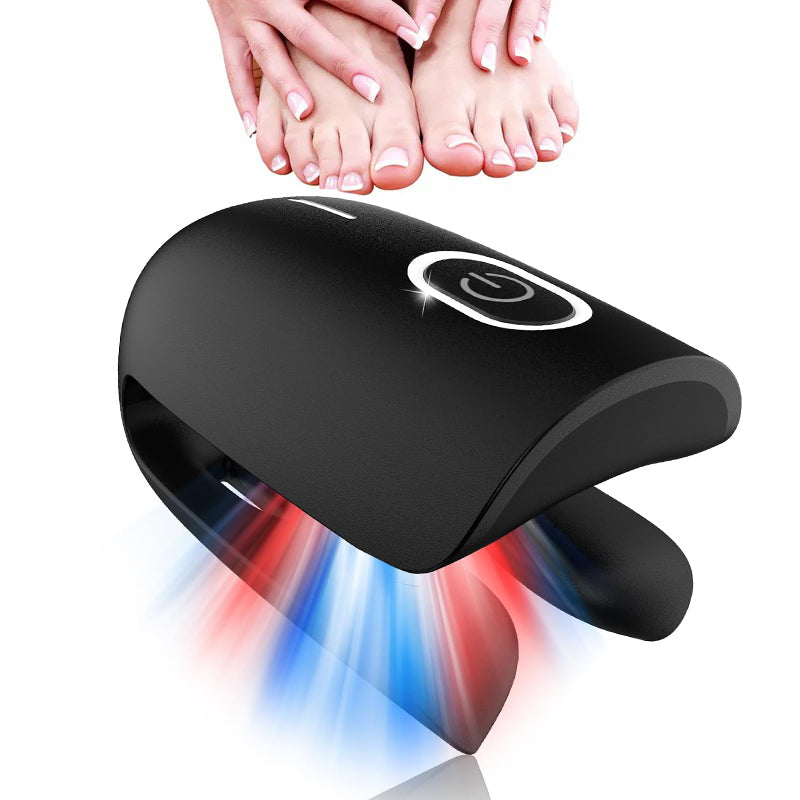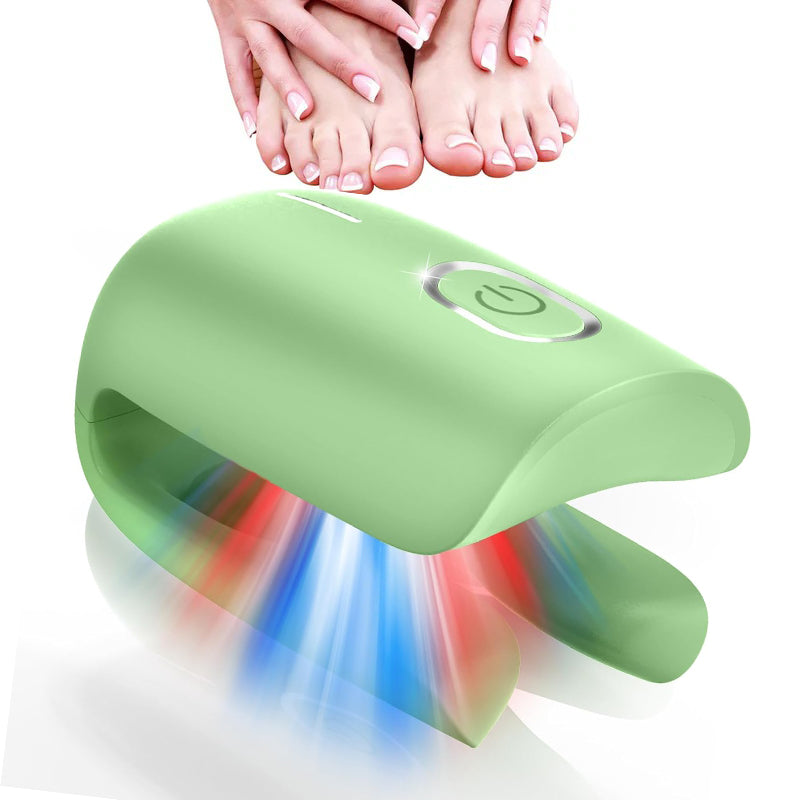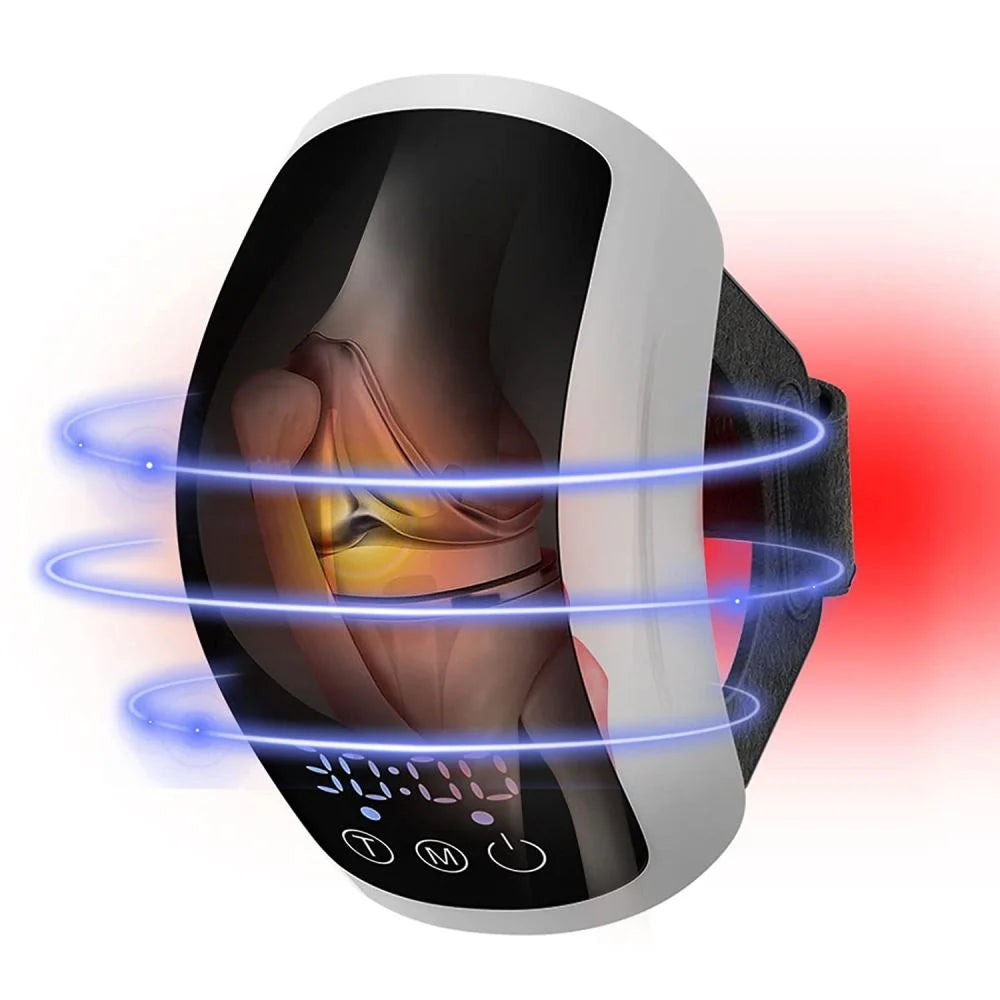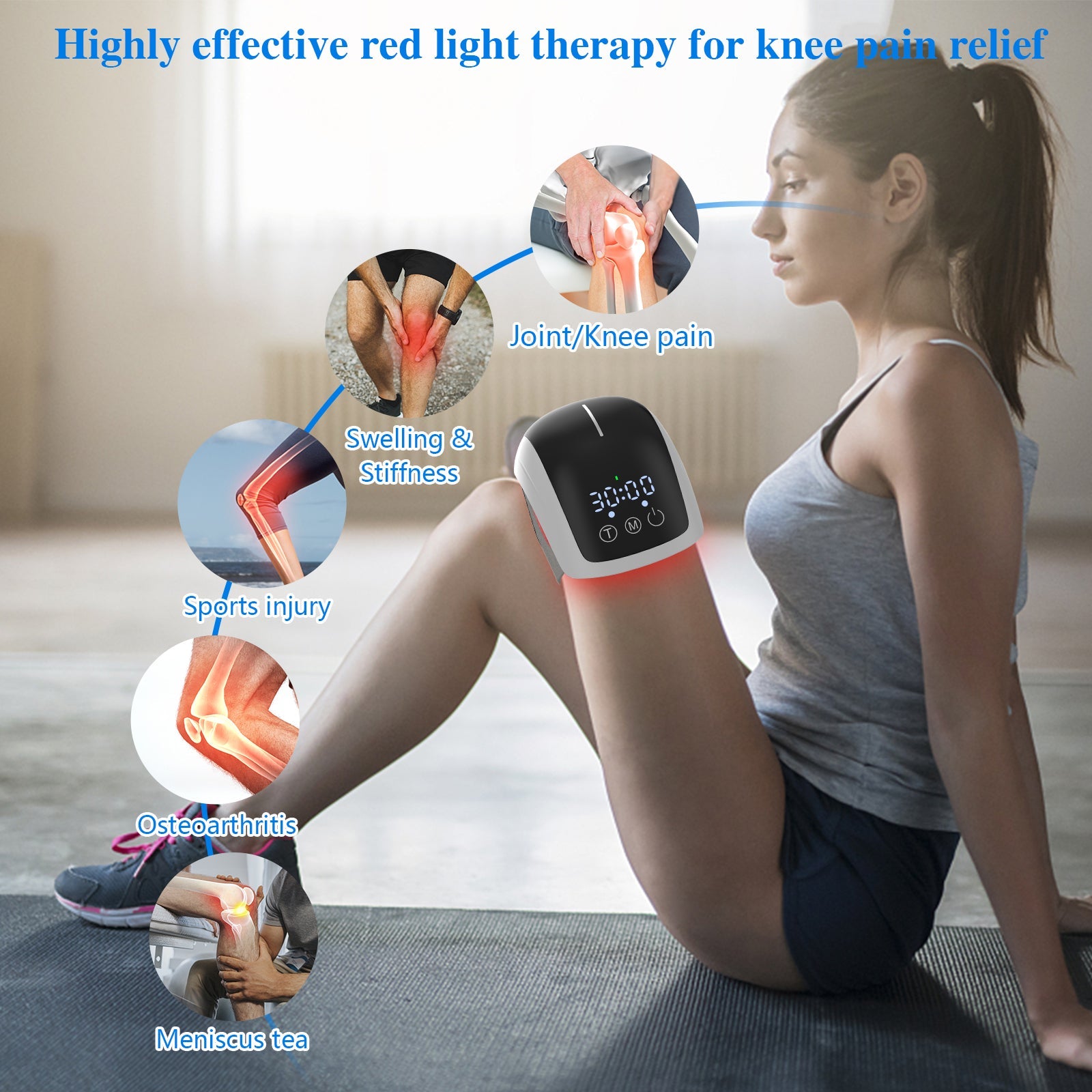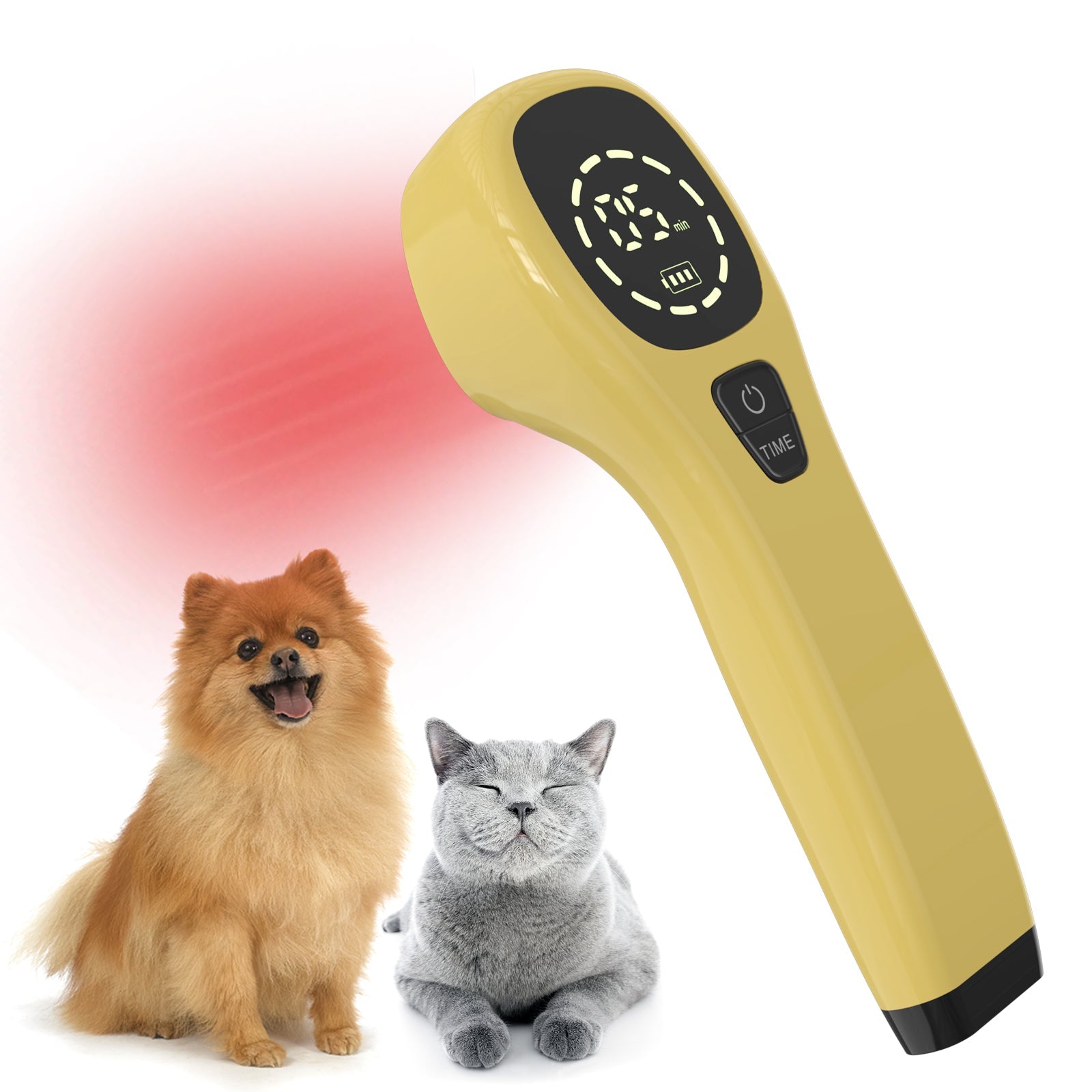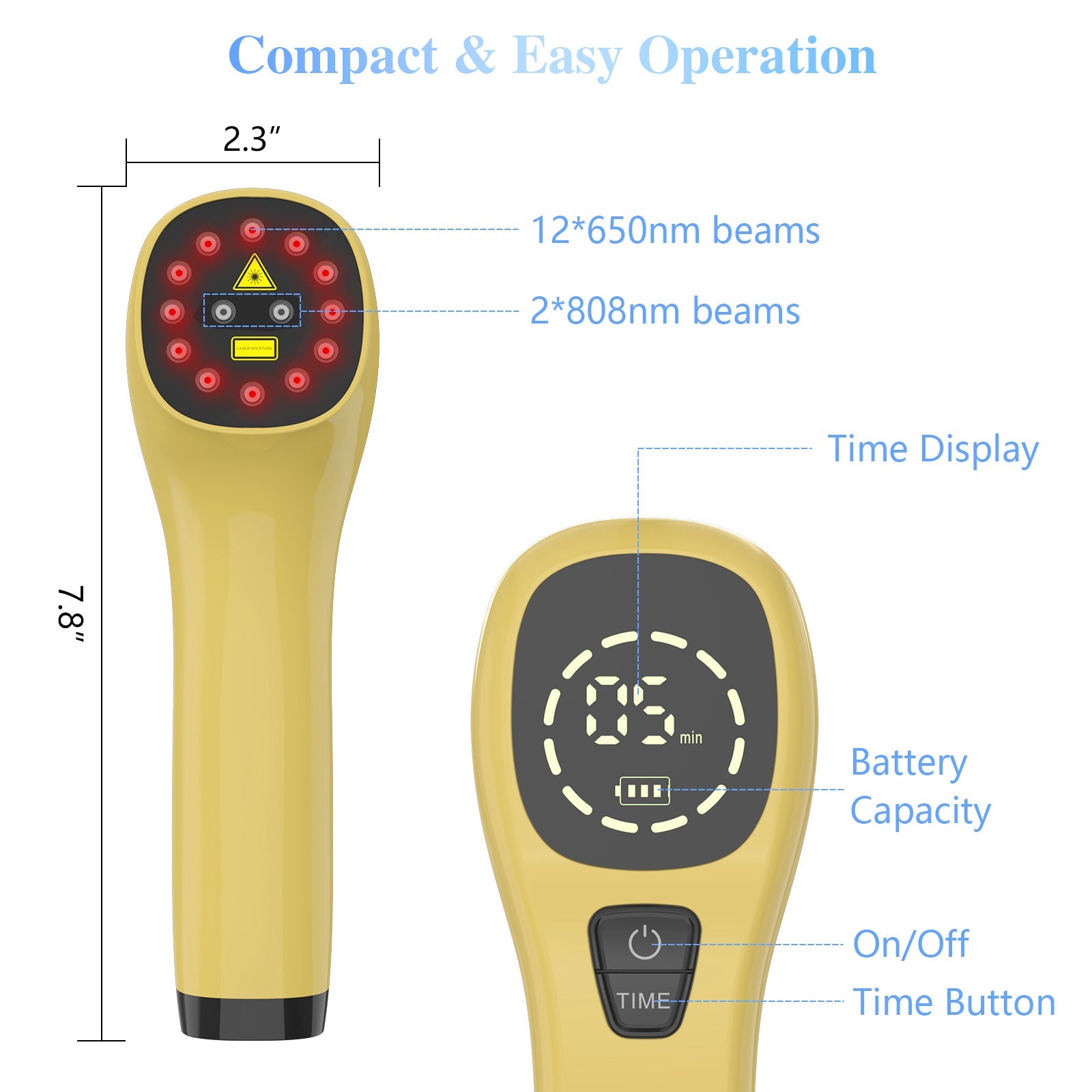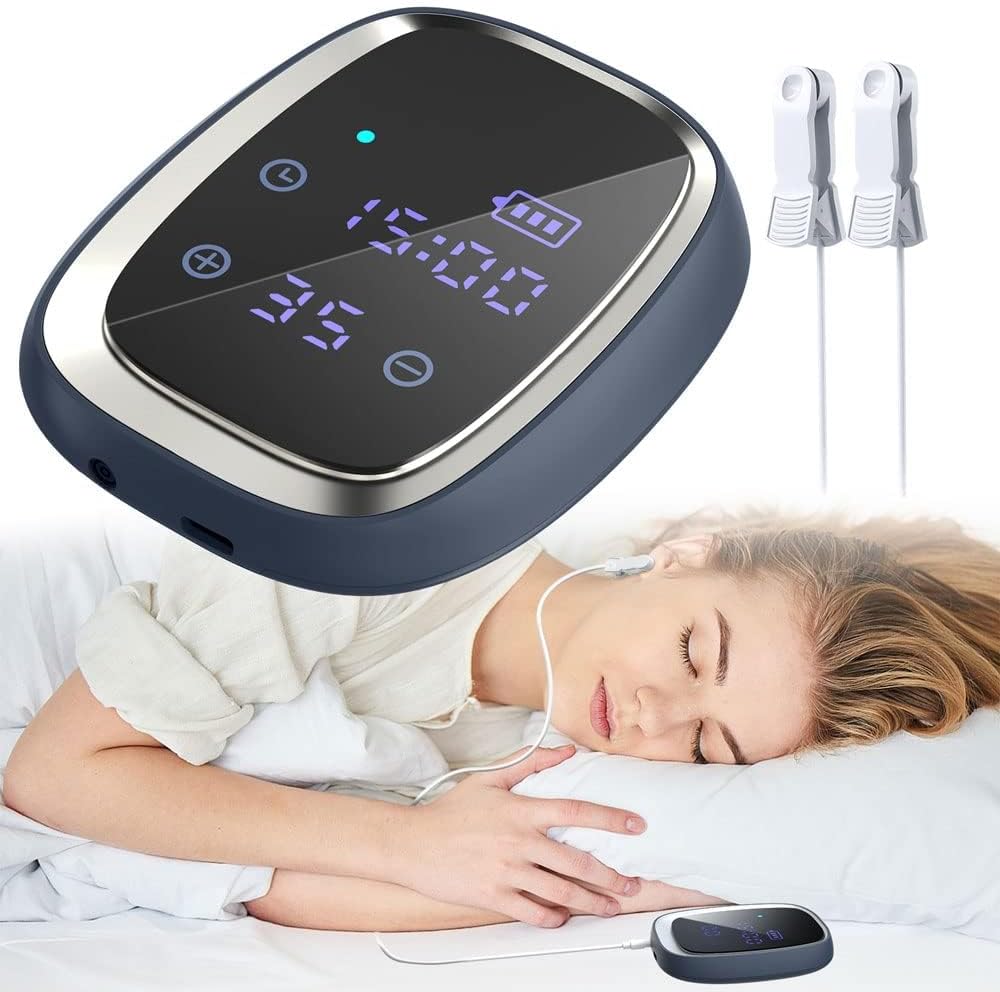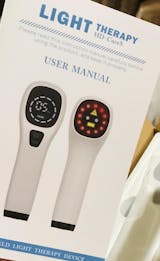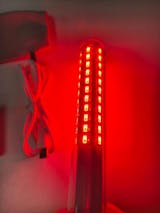Introduction
Over the last few decades, the attention has been directed towards this type of therapy as an innovative tool that can be used effectively for improving health and well-being. Its amazing ability to address a wide range of domains including skin care, pain relief, and chronic wound is incomparable. Although it is growing rapidly in demand, but the debate over its effectiveness, definitions of cryptocurrencies, and security concerns, among others, become more and more evident. In this comprehensively thought out research project we intend to examine in detail the diverse areas of red light therapy. We aim to provide information about the ways in which the process works, apply it and how it influences individual’s choices regarding alternative tor therapeutic modalities.
Red light therapy – it is known as in this regard either by low-level laser therapy photobiomodulation, which uses the therapeutic properties of the red or near-infrared light’s specific wavelengths. When striking the skin that contrasts in thickness, these waves transmit electrical charge at multiple levels that unleash a cascade of biological processes including tissue repair, regeneration and well-being.
Understanding Red Light Therapy
The approach known as red light therapy or low-level laser therapy or photobiomodulation is a non-laser light therapy, which relies on the utilization of specific wavelengths of red or near-infrared light that are known to be responsible for the beneficial effects on the biological tissues. The efficiency of this therapy led to its popularity among more and more people, probably because the degree of skin penetration can be regulated from the deepest skin layers up to the cellular level, to generate a cascade of cellular responses and facilitate tissue repair, regeneration and consequently promote general well-being.
Red light therapy works by illumination of cells whereby the cellular organelles are triggered to initiate the cycles of their normal functions. When cells are on themembranecreating an sodium pump on the inside of the cell,an energy dependent enzyme removes sodium ions. These photons are caught by cells and as a result they induce different biochemical reactions that lead to different physiological responses.
Among the most important things, red light therapy is its ability to stimulate the activities of the cellular powerhouses, called mitochondria. Mitochondrion, most people have heard of these little guys as the energy center of the cell. They make Adenosine Triphosphate (ATP) which is cellular energy. Red light therapy strengthens mitochondrial performance given that it sparks cellular metabolism, which - in turn - leads to tissue restoration and regeneration.
Effectiveness of Red Light Therapy
The effectiveness of RLT has been evident across a broad range of areas that diversifies the basis for and the promise of this new therapeutic approach. Here, we delve into three key areas where red light therapy has demonstrated notable efficacy:Here, we delve into three key areas where red light therapy has demonstrated notable efficacy:
Skin Health: Red light therapy has recently obtained a lot of interest for its effectiveness in brightening the skin and healing dermatologic issues, ranging from acne to aging skin. Research demonstrates red light therapy having a capacity to accelerate collagen production, a key component of skin that maintains it elasticity and elasticity. Red light therapy through stimulation of collagen synthesis tackles wrinkles, fine lines and sagging of the skin hence for the healthy look of the skin. This can help make one look younger and more radiant. Red light therapy is also effective when combined with the treatment of acne since it may eliminate bacteria that lead to breakouts while at the same time helping decrease the inflammation of the skin. Furthermore, it is a boon in minimizing the scars apparent and healing of wound at a fast pace thus getting a position in practice of dermatology departments and aesthetic clinics.
Pain Management: As a result, the development of red light therapy stands out as a pain-managing method that is nonpharmacological and can be effectively utilized for treating many different health problems. Research highlights that red light picreagic heat can help relieve pain in a non-invasive manner by reducing inflammation and encouraging the production of endorphins - nature's painkillers. First of all, it is known that this modality acts really great in people who have persistent pain problems like arthritis, fibromyalgia, sports injuries and musculoskeletal disorders. As well, red light therapy may improve mobility and reach of muscles and joints being affected by pain, eventually resulting in the improvement of overall functional capacity and of the quality of life of the patient.
Wound Healing: Another area where red light therapy shines is in the realm of wound healing. By enhancing circulation, promoting tissue repair, and reducing inflammation, red light therapy accelerates the healing process for wounds of various etiologies. It stimulates the production of growth factors and cytokines that play crucial roles in tissue regeneration and remodeling. Consequently, red light therapy is widely utilized in medical settings such as wound care clinics, rehabilitation centers, and post-operative care facilities. It has shown efficacy in promoting faster healing of surgical incisions, burns, ulcers, and other types of wounds, ultimately reducing the risk of complications and improving patient outcomes.
Legality of Red Light Therapy
Red light therapy is a subject of legal constraints that relates to regulatory bodies with oversight and approval rights established by various country agencies. Let's explore the regulatory landscape and approved uses of red light therapy:Let's explore the regulatory landscape and approved uses of red light therapy:
Regulatory Bodies: One cannot overstate the importance of regulatory agencies for governmental bodies as they do the medical equipment, including red light, apparatuses evaluation in terms of safety and efficacy. To the US, the Food and Drug Administration (FDA) is the agency that is responsible to regulate medical devices and to make them in compliance with standards related to safety and efficiency. Analogously, the European Medicines Agency (EMA) supervises the decision or regulation power of medical devices in the European Union.
Approved Uses: Furthermore, red light therapy apparatuses was approved being applicable for lots of medical and cosmetic procedures with scientific findings who are considered as guarantee of safe and effective results. Some of the approved uses of red light therapy include:Some of the approved uses of red light therapy include:
Skin Conditions: Red light therapy is a technique that is becoming popular in dermatology and solving issues like acne, wrinkles or rejuvenation of the skin among others. A range of FDA-cleared devices for domestic and clinical use have been designed to address certain skinary issues.
Pain Management: Green light therapy has been given a “clearance” by regulatory bodies for pain management in some specific medical cases. Tools may be used to treat conditions such as arthritis, muscle soreness and joint pain giving an ample choice between the invasive and non invasive methods, or the complimentary alternatives of traditional pain management; hence variability of approaches.
Wound Healing: The RLT has been in effect in the medical settings as it facilitates wound care and post-operative recovery. The FDA-approved devices can be used as alternative to treat the prolonged healing of wounds, reduction of the inflammation and reconstruction of the injured tissue for example in case of open wounds and ulcer patients.
While red light therapy devices that are approved are themselves approved for certain uses, it is thus important to abide to the protocols and guidelines while administering the therapy to ensure that patients can attain the desired positive results.
Safety Concerns and Precautions
safety features of the therapy and extreme cautions are equally important while taking treatment measures to avoid to any disastrous effects of the therapy. Let's delve into key safety considerations and precautionary measures:Let's delve into key safety considerations and precautionary measures:
Eye Safety: Rarely used in red light therapy for long periods of time may have an adverse effect on eyes. They may be damaged by such red light exposure, mostly if high-intensity devices are used. The main danger associated with exposure to such flashy light lies in the focusing of the retina, and further consequences may include visual impairments. This risk could be reduced by practicing safe protection, which included the use of the goggles or other eye protection gear manufactured to be used with red light therapy devices by the service-providers. Also, practioners and users should stick to the required exposure period and maintain correct position of the light source so as to prevent anyone from the accidental eye exposure.
Skin Sensitivity: In some instances, people may experience different levels of skin sensitivity or reactivity to the wavelength of red light. This may be highest to those individuals who have the skin conditions that are already present and to those who have the increased cutaneous sensitivity. Sensitivity testing prior to treatment using an isolated spot to appraise the tolerance level and any bad reactions is advisable. Likewise, doctors are prone to scale treatment conditions in case the skin shows some signs of irritation or sensitivity. Adaptive type of treatments like red light therapy with gradual exposure protocols can be employed as a modification procedure to minimize the reported cases of dermatological reactions and allergies.
Potential Side Effects: Despite the relatively benign profile of red light treatment, transient adverse effects can affect some of the patients in the immediate aftermath of the therapy sessions. These side effects can be induced by general irritability, sickness, fatigue, or mild pain. Educating patients in terms of a possibility of dealing with these adverse effects and regular monitoring of drug response are crucial. Stock parameters of the drug may be altered so that both the tolerance and discomfort are minimized. Effective algorithms would achieve this even though they are based on feeding regression formulas, training them on real-world scenarios would be necessary to predict disease in a better way.
Pregnancy and Precautions: Special precautions should be observed when administering red light therapy to pregnant individuals, as the safety of this modality during pregnancy has not been conclusively established. While there is limited evidence to suggest potential benefits of red light therapy for certain pregnancy-related conditions, such as stretch marks or musculoskeletal discomfort, caution is warranted due to the lack of comprehensive data on its safety profile in pregnant individuals. Consultation with a healthcare provider is advised before initiating red light therapy during pregnancy to assess potential risks and benefits and ensure informed decision-making.
Contraindications: Certain medical conditions or circumstances may contraindicate the use of red light therapy or warrant caution to prevent adverse effects. Contraindications may include photosensitivity disorders, active skin infections or lesions, ocular conditions, and the use of photosensitizing medications. Prior to commencing treatment, a thorough medical history should be obtained, and contraindications assessed to determine the appropriateness of red light therapy for individual patients.
Conclusion
Red light therapy offers the scope for a versatile treatment with good prospects of successfully tackling problems such as skin conditions, pain management, and wound healing in various medical fields. The red light therapy's ability to activate cell processes, to reduce the inflammation and to enhance tissue recovery result in a non-invasive and multi-faceted alternative for improving health and well-being. Besides its benefits though, consideration of several issues including therapy efficacy, legality and safety is necessary. Regulatory bodies such as the FDA and EMA include NIRT devices application in their scope and make sure that they are safe and effective by controlling their production and sales only for approved uses. Nevertheless, the patients and practitioners should be vigilant to prevent undesirable consequences.
Safety should be given the utmost priority, and eye safety, skin sensitivity, and the likes should be at the front row to ensure strict implementation of recommended guidelines and protocols to prevent undesirable consequences. Taking into account both the scientific evidence and regulatory commands and incorporating patient-centered approach as well, a considered approach is required that directs the efforts towards the prospective of totally getting the best outcomes. Through educating on well-thought and safe use of red light therapy, healthcare providers and public as well come in place to maximize health and wellness effects from red light therapy.
References
Hoffman, L. C. (2020). Shedding light on telemedicine & online prescribing: the need to balance access to health care and quality of care. American Journal of Law & Medicine, 46(2-3), 237-251.
Brambilla, A., Mangili, S., Das, M., Lal, S., & Capolongo, S. (2022). Analysis of functional layout in emergency departments (ED). Shedding light on the free standing emergency department (FSED) model. Applied Sciences, 12(10), 5099.
Maragoni-Santos, C., Serrano Pinheiro de Souza, T., Matheus, J. R. V., de Brito Nogueira, T. B., Xavier-Santos, D., Miyahira, R. F., ... & Fai, A. E. C. (2022). COVID-19 pandemic sheds light on the importance of food safety practices: risks, global recommendations, and perspectives. Critical reviews in food science and nutrition, 62(20), 5569-5581.
Aly, R. M. (2020). Current state of stem cell-based therapies: an overview. Stem cell investigation, 7.




